General Info – summary
This shallow rooted, deciduous Tree is up to 15m high with a wider canopy. The bark becomes deeply fissured and dark. Compound Leaves are bipinnate. Bisexual 5-merous sweet scented lilac coloured Flowers are actinomorphic, have 10 stamens and a single pistil with a superior ovary. Fruit is a one seeded drupe. This attractive tree is considered Invasive, and planting has been banned in South Africa.
Description
Melia azedarach
Previous names: Melia australis, Melia japonica, Melia sempervivens.
Common names: (Afr) Seringboom. (Eng) Bead-tree, Cape lilac, Chinaberry tree, Indian lilac, Persian lilac, Pride of India, Syringa, Syringa berry tree, Syringa tree, White cedar.
SA Tree No. N/A.
Family Meliaceae (Mahogany family). This family of mainly shrubs and small trees has 50+ genera and 570+ species. Most members are trees or shrubs. Perhaps the best-known local alien tree in this family is the seringa (The scientific name is Melia azedarach) with its poisonous yellow berries. This tree is considered invasive in South Africa. In southern Africa, there are about 6 genera and 11 species. Those genera with trees include Ekebergia, Nymania, Khaya and Trichilia. Most trees are evergreen and Leaves are large, usually pinnately compound or simple, lack stipules and are usually alternate. They occur in a large cluster or on short shoots. The bisexual or unisexual Flowers are regular, axillary and in panicles (indeterminate, branched inflorescence with stalked flowers) or solitary. The Calyx has 4-5 sepals, which are free to near the base. The Petals are imbricate (having regularly arranged, overlapping edges). The 5 to many Stamens are free except at the base and the Anthers are dorsifixed (attached in the centre of the filament). The superior Ovary has a simple Style, which ends in a disc-like, head-like or lobed Stigma. The Fruit is a capsule or a drupe and may be winged or have a pulpy covering.
Name derivation: Melia – Greek. azedarach – French – free or noble tree. The plant is native to South-east Asia and Northern Australia.
Conservation Status. This rapidly growing plant is becoming a serious problem and is now considered invasive in South Africa.
Tree
This generally shallow rooted, deciduous Tree (feature image –from Delta Park) may reach 15m high and the crown may be nearly twice as wide. The Trunk may reach 50cm wide. The initially green bark ages to brown, finally becomes very dark, longitudinally fissured (Photo 918) and tends not to flake off. The young green (photo 957) then brown branches have clearly visible raised Lenticels (a usually raised corky oval or elongated area on the plant that allows the uncontrolled interchange of gases with the environment – photos 899 & 957). A large leaf scar is also visible in photo 899.
- 915. 2020/09/25 Linden. Photo David Becking.
- 918R. 2020/09/25 Linden. Photo David Becking.
- 899. 2020/09/24 Delta Park. Photo David Becking.
- 957. 2020/09/26 Delta Park. Photo David Becking.
Leaves
The compound leaves are bipinnate (twice pinnate – photo 928). The central leaf axis or Rachis has lateral Pinnae (branches) not leaflets. The Pinnules (leaflets) are on these side branches. The large Leaves are glossy green and up to 60cm long. The opposite Leaflet pairs are spaced well apart, and the terminal leaflet is single. Each leaflet (photo 932) is up to 8cm long. The upper surface may be slightly hairy and is a slightly darker green than below. The Apex is acuminate (said of an acute apex whose sides are somewhat concave and taper to a protracted point) and the Base curves and may be asymmetric. The Margins (Photo 932) are crenate (obtusely toothed, scalloped or serrate). The Petiole (leaf stalk) is up to 9cm long and has a slightly swollen base (photo 928). Petiolules (stalk of leaflet) are distinct (Photo 932). Stipules (basal appendage of the petiole) are absent. In autumn, the leaves turn golden yellow before falling.
- 928 2020/09/24 Delta Park. Photo David Becking.
- 932 20/09/26 Photo: David Becking.
Flowers
In early spring, often before the first good rains, the Flowers appear (photo 913 – under Tree) on this monoecious (having both male and female reproductive organs on the same plant) tree (photo 904). These flowers are bisexual. The impressively sweet-scented lilac flowers are actinomorphic (Regular, symmetrical. Flowers are vertically divisible into similar halves by more than one plane passing through the axis). The flowers are grouped in panicles (indeterminate, branched inflorescence with stalked flowers (photo 903). In photo 957 – under Tree, the start of the Petiole (leaf stalk) and the Peduncle (stalk of flower cluster holding the whole inflorescence) are visible – from left to right.
The Calyx has 5 Sepals that are dark green, united at the base and up to 3mm long. The hairy calyx does not completely cover the corolla in the bud (photo 905). In this photo, the 5 free Corolla strap-shaped Petals are light blue with clearly visible purple tipped lobes. They are UV (Ultra Violet light) sensitive and help to attract night insects. The Filaments are united into a dark purple tube (photo 905). The tube apex has many slender teeth. Ten Anthers are present (photo 904). There is a single Pistil (a unit of the Gynoecium, the female element of the flower, composed of the Ovary, Style and Stigma). Here the superior ovary is sessile.
- 896 2020/09/24 Delta Park. Photo: David Becking.
- 903 2020/09/24 Delta Park. Photo: David Becking.
- 905 2020/09/24 Delta Park. Photo: David Becking.
- 904 2020/09/24 Delta Park. Photo: David Becking. Dissected.
Fruit
The almost spherical yellow fruit is a one seeded Drupe (or stone fruit, which is an indehiscent fruit in which an outer fleshy part (exocarp, or skin; and mesocarp, or flesh) surrounds a single shell (the pit, stone, or pyrene) of hardened endocarp with a Seed (kernel) inside. The prolific fruits are produced during late spring and take a long time to mature. They develop in numbers and persist after leaf fall (photo 897). In photo 896 under Flowers, one fruit from the previous year is still visible. Seeds are viable for up to 2 years. According to an article in the Farmers Weekly: “The ripe berries are toxic to children as well as livestock, rabbits, guinea pigs and dogs”.
- 897 2020/09/24 Delta Park. Photo: David Becking.
Distribution & Ecology
This tree is native to Indomalaya and northern Australasia and has now been widely planted in Melbourne (South East). Trees were introduced into South Africa as ornamental plants. The tree grows best in open sunlight and soil type is not that important. The growth rate may exceed 1,5m per year. In South Africa, these trees are common along streambanks and roads. The lilac to pink colour of the flowers also falls in the UV spectrum range and may have an influence in attracting insects at night. This plant is a declared weed in the Kruger National Park. It can invade disturbed soils. Vegetative reproduction can occur through the formation of root suckers. Fruits are poisonous or narcotic to mammals – including man if eaten in quantity. Sheep goats, pigs, and horses often eat the large numbers of fallen fruit that lie under the trees. Fruit falls when alternative fodder is depleted, and consumption can become a major problem for mammals. However, like those of the yew tree, these toxins are not harmful to birds, who gorge themselves on the fruit, eventually reaching a “drunken” state. The birds are able to eat the fruit and disperse the seeds in their droppings. The poisons are neurotoxins and resins found mainly in the fruits. Fallen seeds may increase the pH of soil.
Ethnobotany
These trees have now become a major problem as invaders of our natural vegetation. These medium-to-large trees produce attractive clusters of yellow fruit that are poisonous. Human poisoning in South Africa is common. The clinical picture is caused by meliatoxins (neurotoxins) and may induce vomiting, respiratory distress, dilated pupils and seizures. Most cases of intoxication are mild but fatalities have occurred. The first symptoms of poisoning appear a few hours after ingestion. They may include loss of appetite, vomiting, constipation or diarrhea, bloody faeces, stomach pain, pulmonary congestion, cardiac arrest, rigidity, lack of coordination and general weakness. Death may take place after about 24 hours. Decontamination, supportive therapy and benzodiazepines to terminate seizures are indicated. The best prevention is to cut down all syringe trees in the area.
The high quality Wood is of medium density and is similar to mahogany. It is used commercially in some countries. It is perhaps not advisable to burn the wood – including for a braai. Beyond our borders, the Fruit is sold for decorative flower arrangements. Do not compost the fruit, as this will aid dispersal. Leaves have been used as a natural insecticide to keep with stored food, but must not be eaten.
References
https://en.wikipedia.org/wiki/Melia_azedarach#Toxicity
https://wiki.bugwood.org/Melia_azedarach
http://www.cmej.org.za/index.php/cmej/article/view/2583/2647
http://www.krugerpark.co.za/krugerpark-times-4-12-syringa-tree-24623.html
https://www.farmersweekly.co.za/farm-basics/how-to-crop/syringa-berries-are-highly-toxic/
https://www.health24.com/Experts/Question/melia-azedarach-syringa-as-firewood-20060302

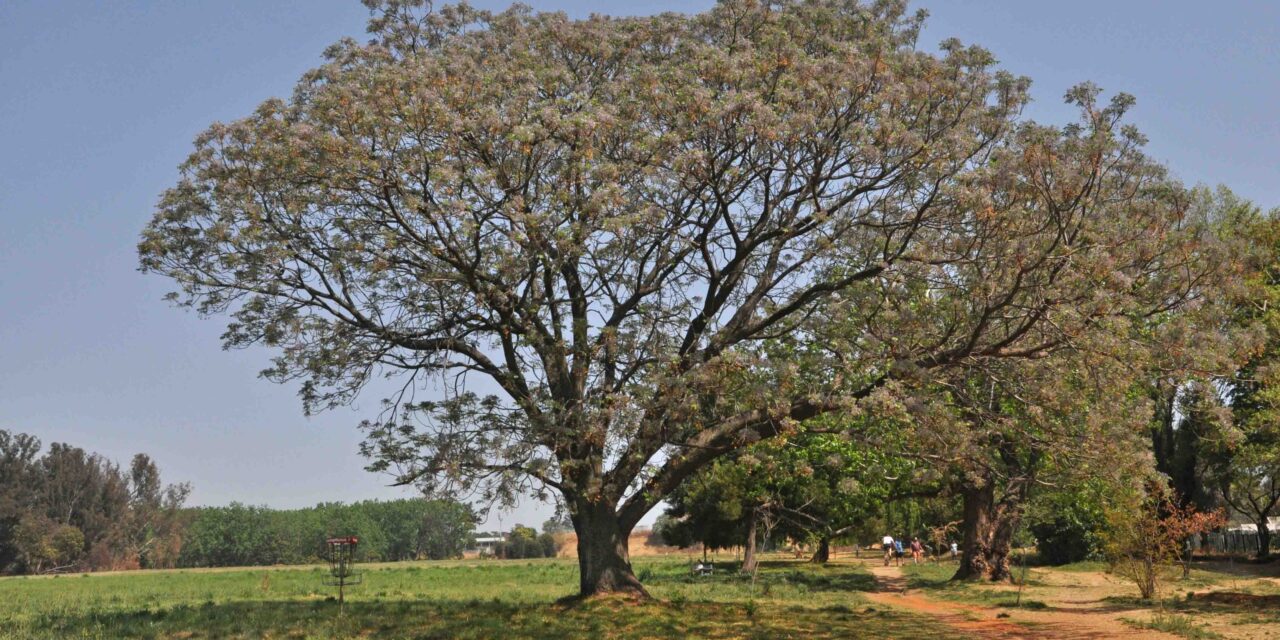
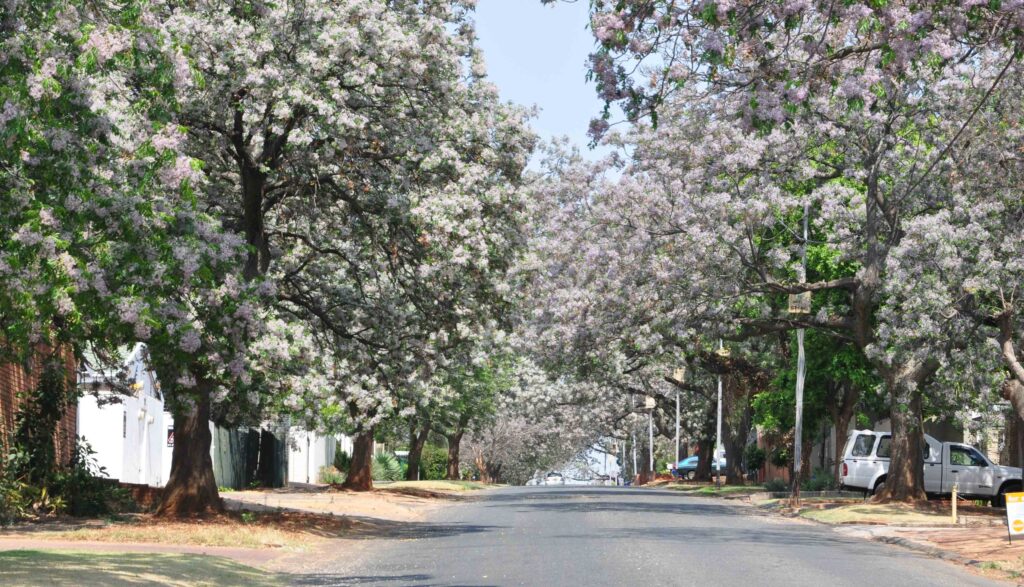
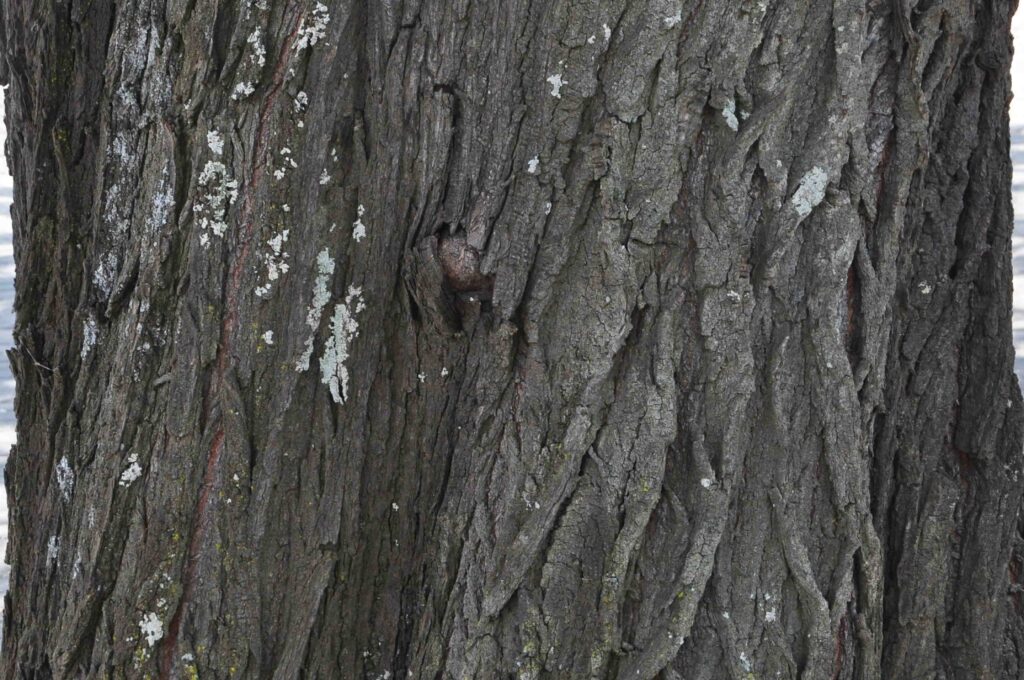
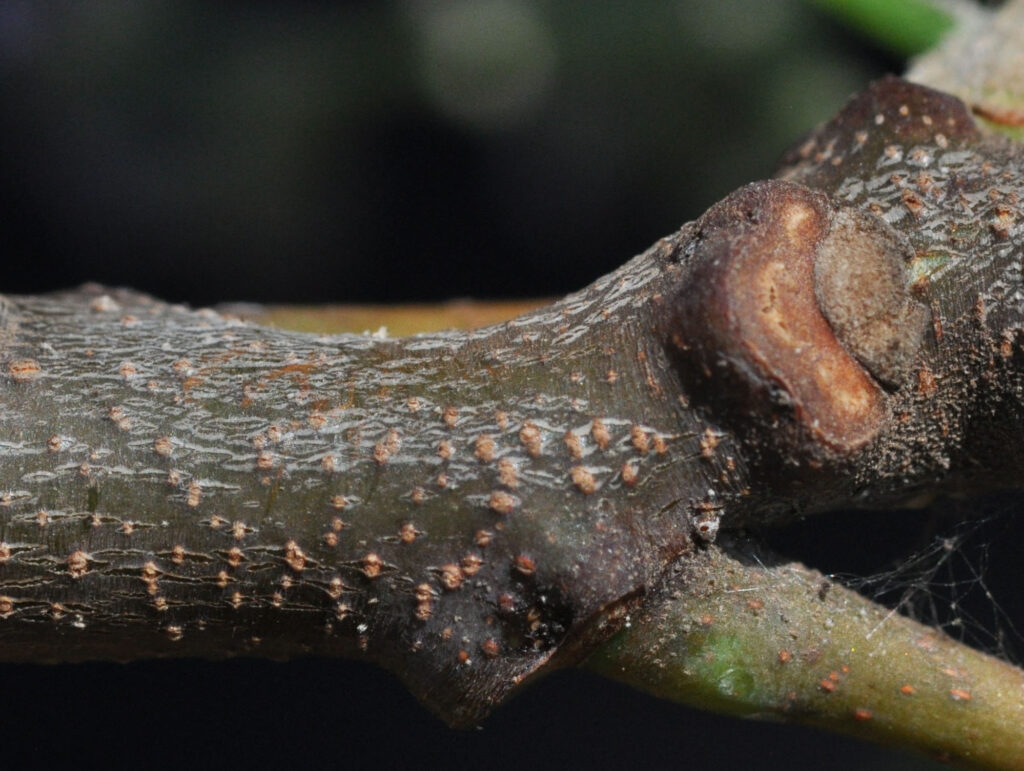
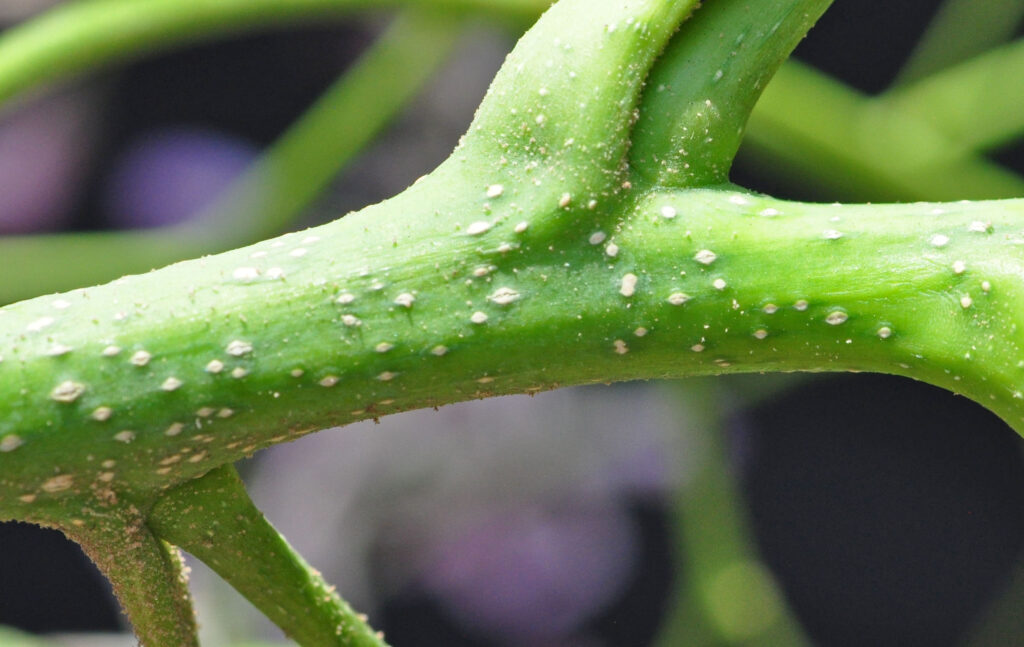
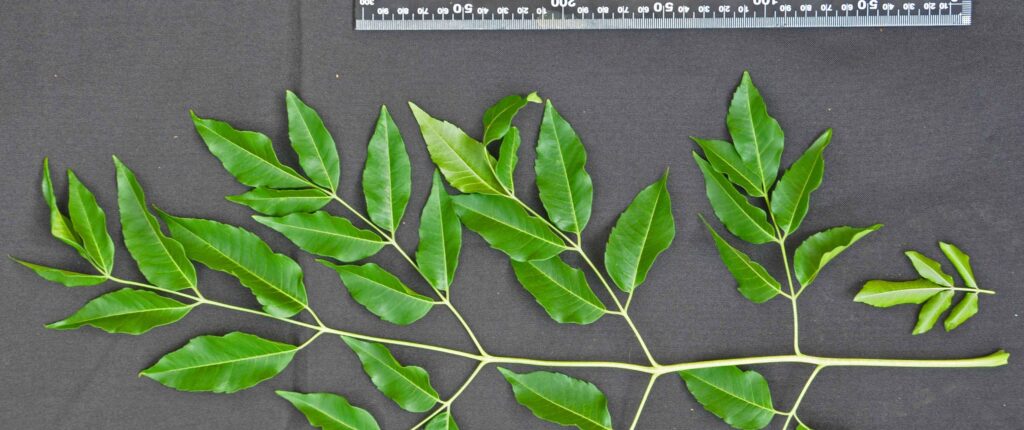
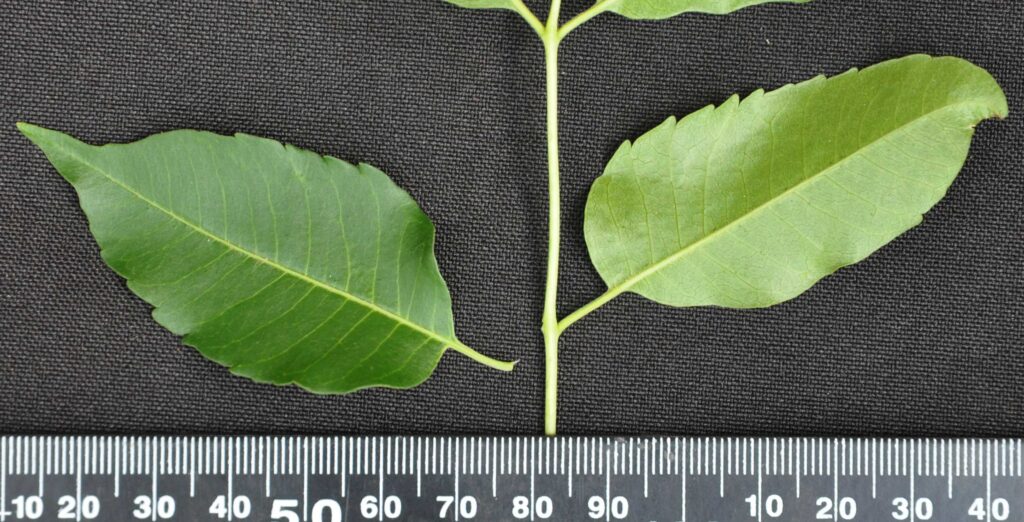
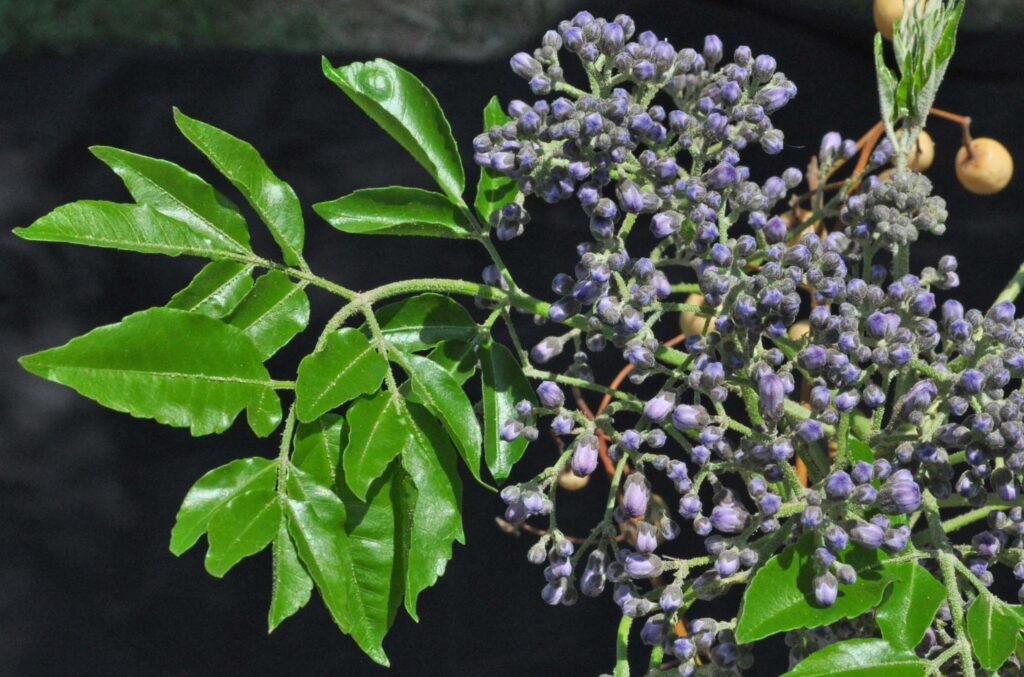
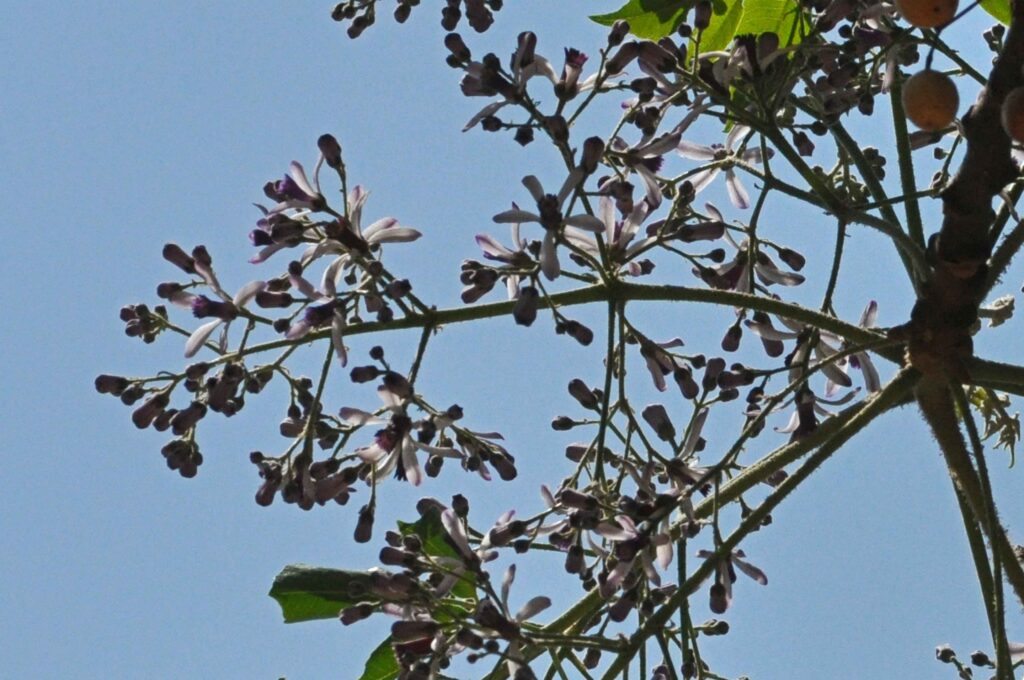
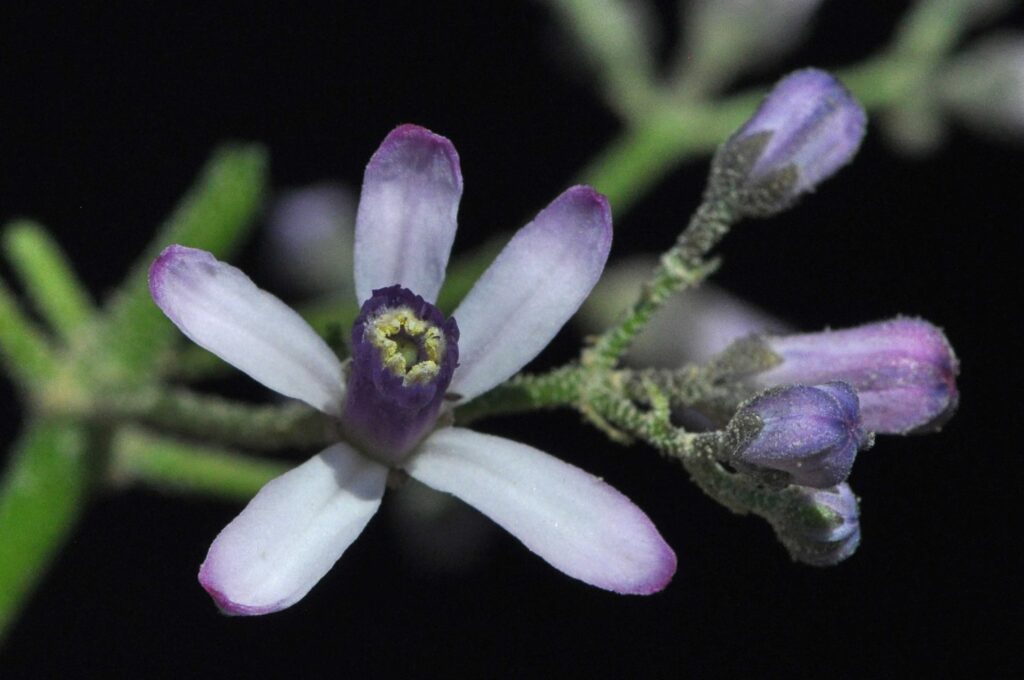
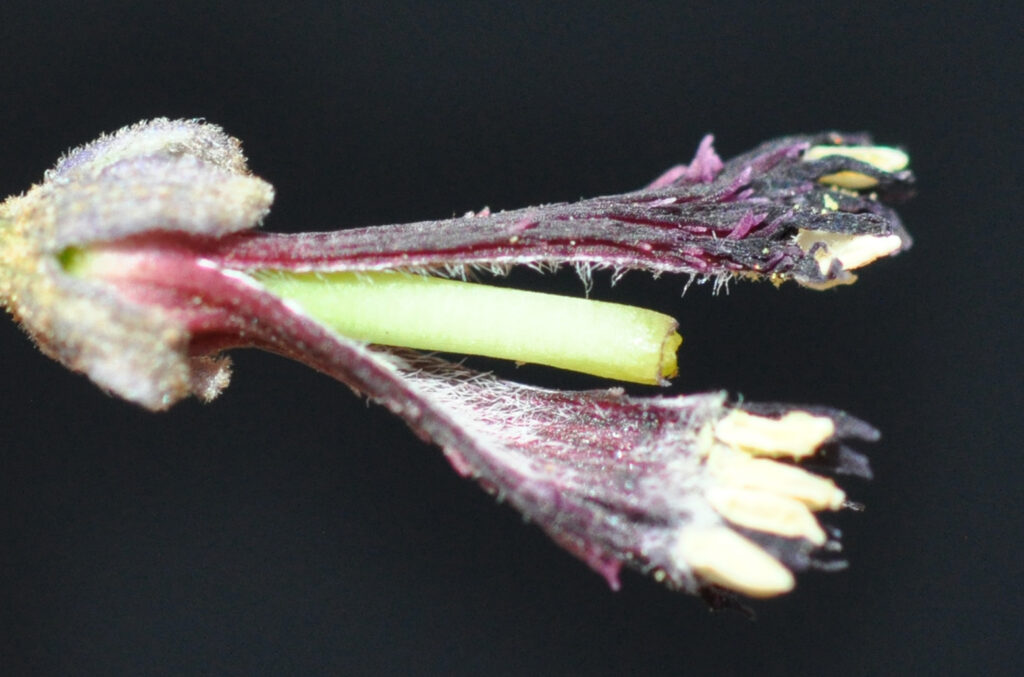
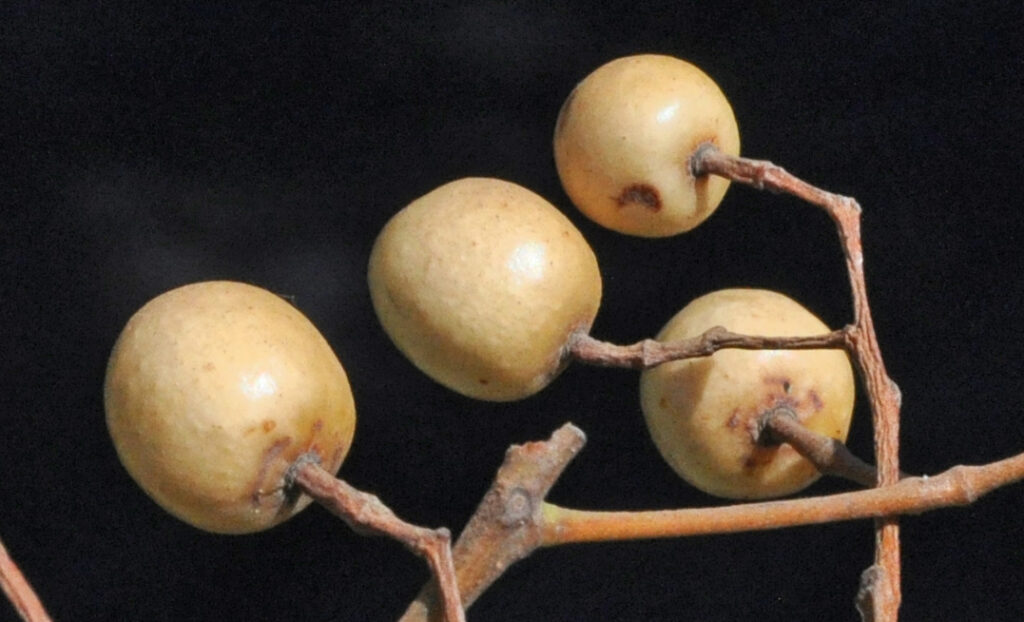
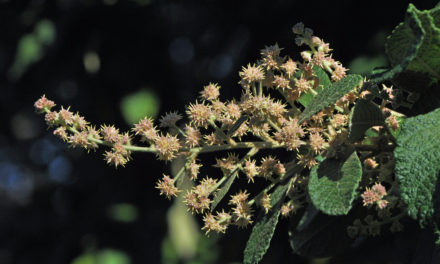
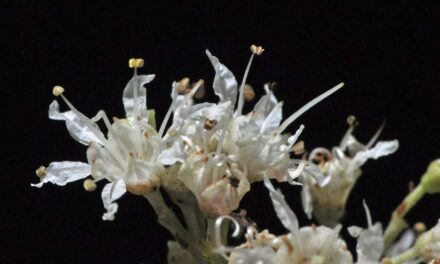
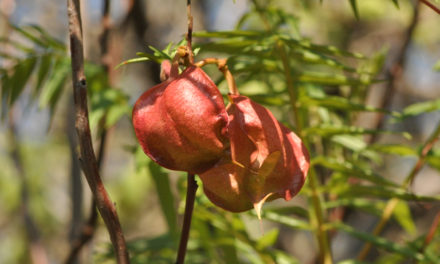
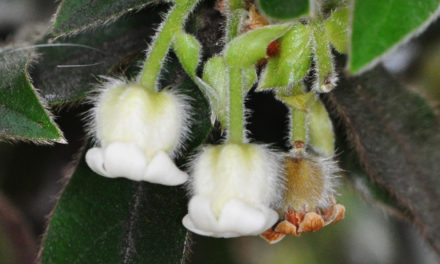
How many Melia azerdarach grow in .England, where are they, and to what size do they grow?
Greetings Marion
As far as I can work out Melia azerdarach / Melia azedarach is native to the Indian sub continent, Asia and Australia. The trees found in England were probably originally planted there as ornamental plants. The flowering tree is very attractive but in South Africa they are now considered alien because of there toxic fruit, rapid growth and dispersal. The number of trees will depend planting and self dispersal.
Take care.
David Becking
I’ve searched but can’t locate precisely what I’m searching for.
Would you perhaps know or be able to find out how many berries a 1. Child <20kg and 2. A dog <30kg would need to consume before experiencing the symptoms mentioned above?
I've a massive tree in my yard and I'd hate to have it cut down. We've only been here for 3 months but neither my son nor dog paid any special interest in all the yellow berries that had fallen on the ground.
Hi Jean
I cannot help with ID but suggest you follow the info supplied by your dog. The fruit may be poisonous!
For the ID try to collect leaves, flowers, young stem, branches, fruit and photo of tree and take them to your local nursery.
The Melia azedarach (Syringa tree in the olive family Oleaaceae is an outside possibility, but your tree may be too big.
My website: https://treesa.org/melia-azedarach/
Good luck.
David Becking
The species is an invasive plant in South Africa. Control is difficult due to the bird-dispersed fruit; the digestion of the outer pulp readies (stratifies) the seed for germination. It also readily coppices and produces root suckers too.
The seed is toxic (variable) with the same toxic substance as Neem oil used as an insecticide (Azadirachtin).
I have seen a small puppy die within a few hours after chewing on some seeds.
Greetings Kersey
Thank you for your comments! It’s not a plant I would have in my garden. Unfortunately, there are a great many still standing in South Africa and it may take a long time to get rid of them.
Take care.
David Becking